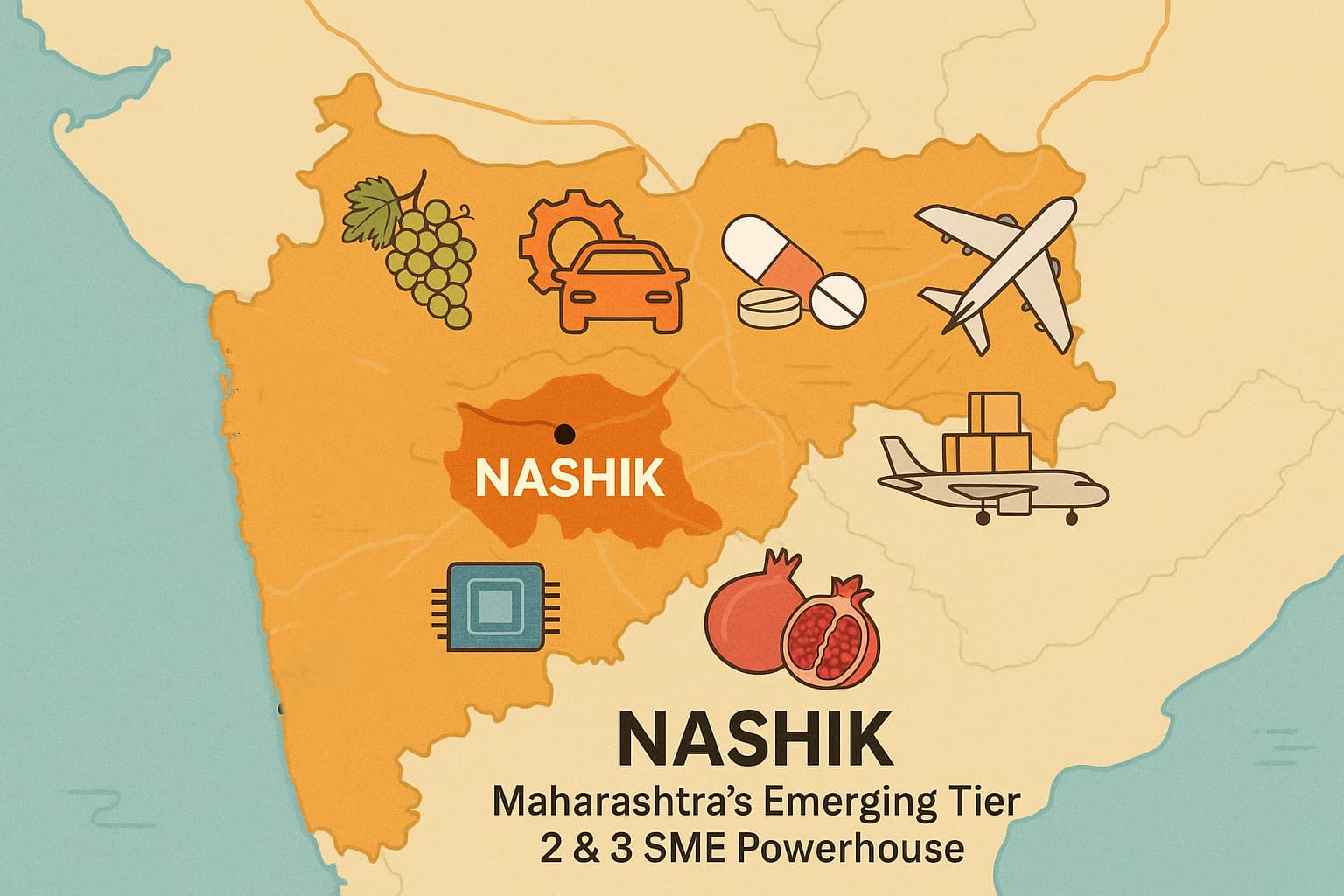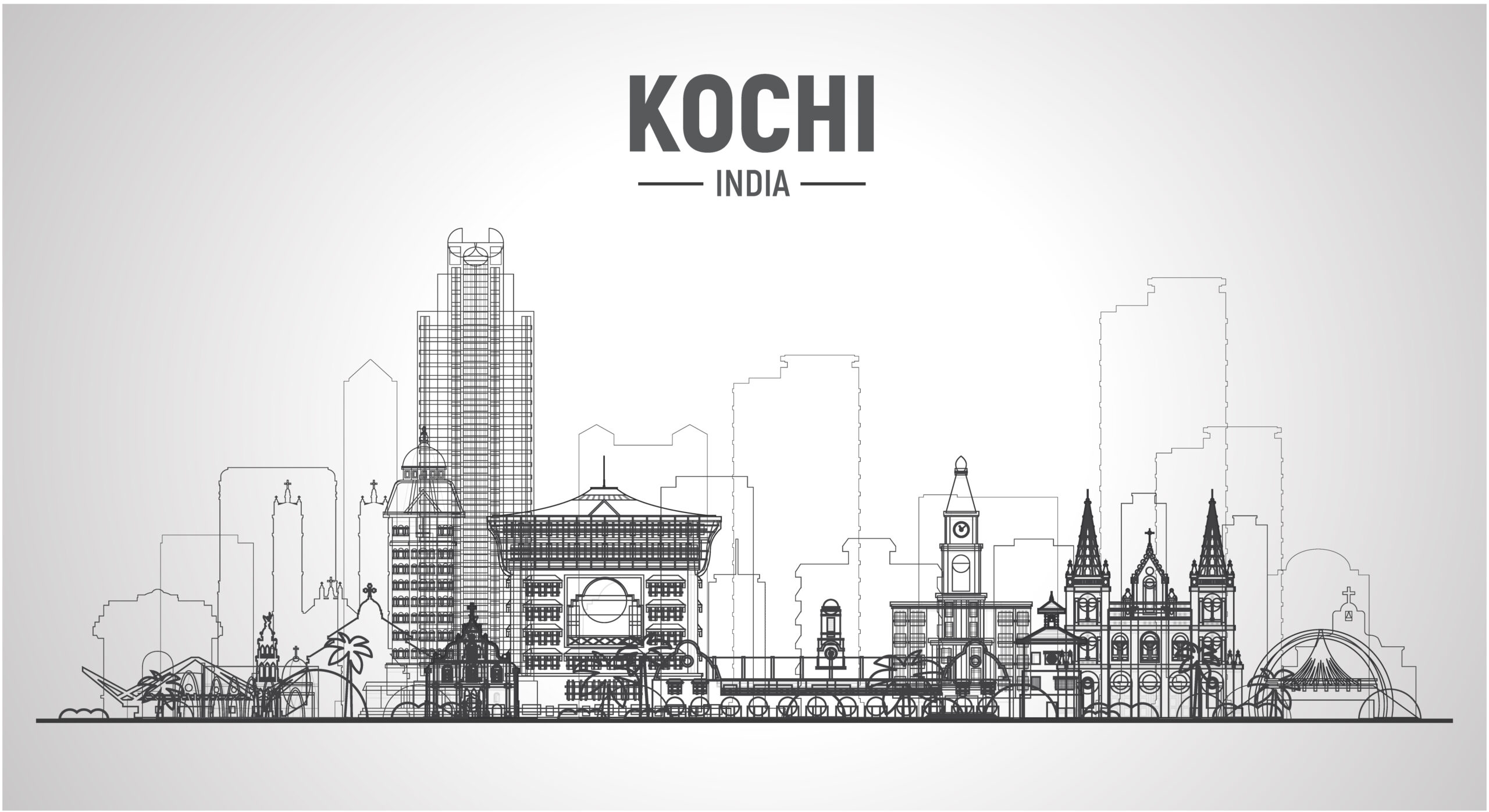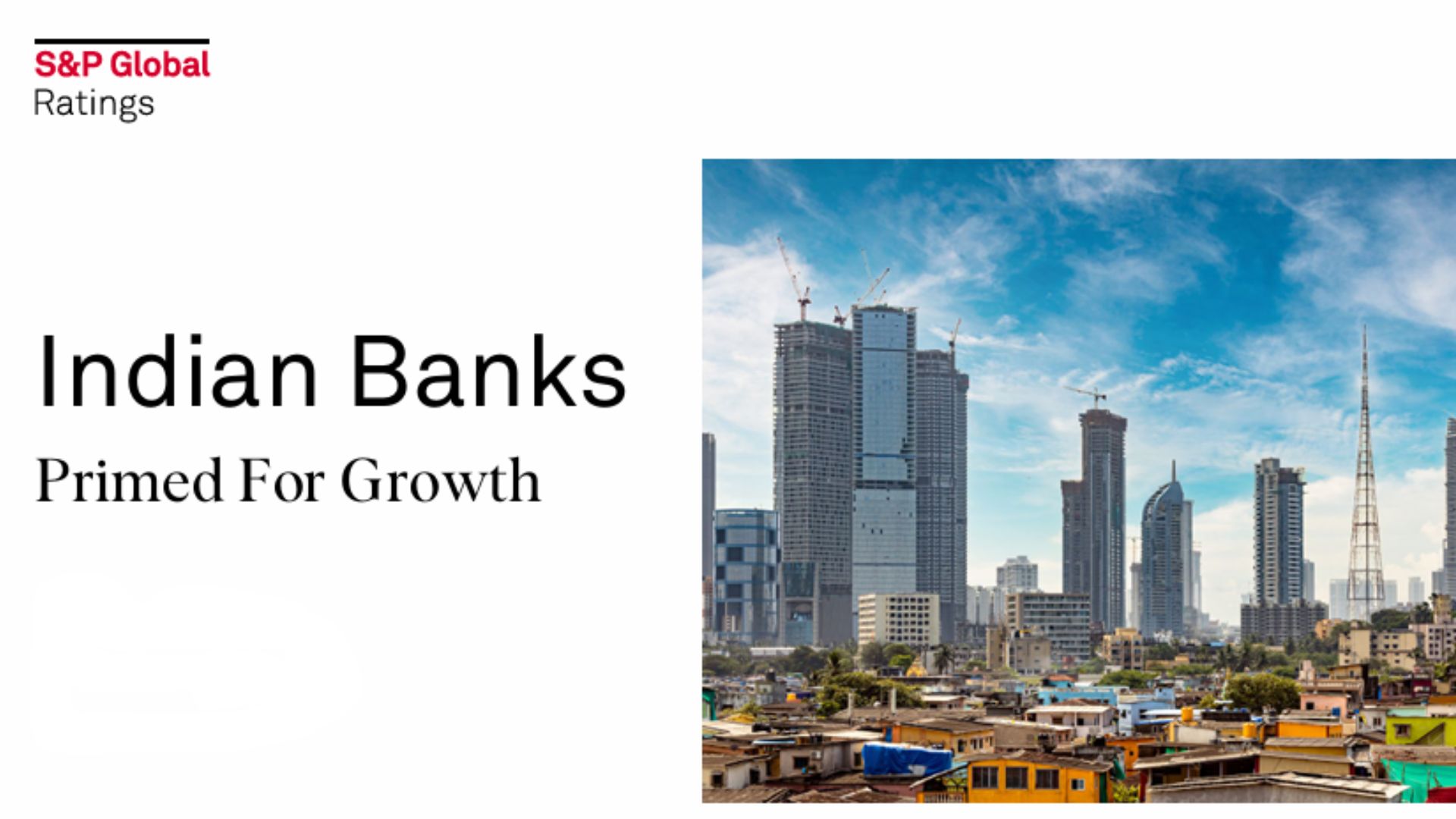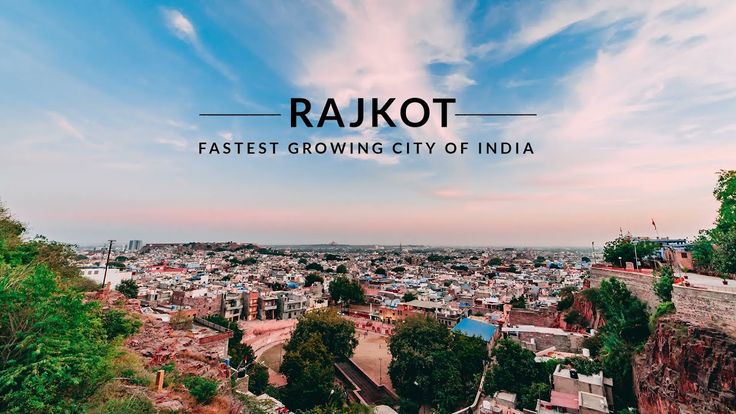Nashik: Maharashtra’s Emerging Tier 2 & 3 SME Powerhouse Sectors, Exports and Growth-Driving Advantage

Nashik, perched at the northern edge of Maharashtra’s industrial “business triangle,” has rapidly transformed from its roots as a spiritual centre and agricultural heartland into a vibrant industrial and SME-led growth hub. With a population exceeding 2.2 million, a base of over 10,000 registered industries, and world-class infrastructure connecting it to Mumbai and Pune, Nashik stands as the third-most-industrialized city in the state trailing only Mumbai and Pune and offers a real-time case study in how clusters, connectivity, talent and progressive policy can build globally competitive SME ecosystems.
The Business Triangle & Logistics Advantage
Nashik’s strategic positioning just 165km from Mumbai and within easy reach of Pune means it taps directly into the consumer, talent and export markets of Western India. Its access to Asia’s busiest port in Mumbai, robust road links (including the Samruddhi Highway, Delhi-Mumbai Industrial Corridor and upcoming Surat-Chennai Industrial Corridor) and a licensed DGCA airport for cargo/passenger handling enable swift, cost-effective logistics for outbound and inbound goods. Nashik’s strong railway connectivity further cements its appeal for manufacturers and exporters.
Clustered Industrial Landscape
Manufacturing & Engineering
- Auto Components & Precision Engineering: Clusters in Satpur, Ambad, and Sinnar have seen a 20% growth surge (2024-25), thanks to anchor players like Mahindra & Mahindra, Bosch and their webs of tiered SME suppliers. SMEs are core to Nashik’s fast-growing EV, electrical equipment and tools industries many already exporting to Germany, the US and Southeast Asia.
- Electrical Testing Hub: The upcoming CPRI (Central Power Research Institute) unit, equipped for online short-circuit tests and advanced product validation, will empower transformers, switchgear and panel manufacturers across western India slashing logistics costs and boosting efficiency in export compliance.
Agri-Processing & Food
- “Wine Capital of India”: Nashik boasts over 20 wineries (Sula Vineyards, York, Grover Zampa, and more) exporting globally, mostly to Europe, Middle East and Southeast Asia. The region’s unique terroir and grape varieties have earned “Nashik Valley Wine” the coveted GI (Geographical Indication) tag, safeguarding both provenance and export premium.
- Fruit & Vegetable Processing: SMEs specializing in dehydrated onions, pulps, and processed vegetables are vital exporters over 4,700 tons of grapes shipped abroad in early 2025, with onions and pomegranates routinely reaching UAE, Russia, Saudi Arabia, Malaysia, Singapore and Oman.
- GI Tags Boosting Exports: Nashik’s “GI Onion” (Nashik Red Onion) and “Nashik Grapes” enhance export value, provide origin protection and empower local farmers/SMEs in accessing higher-value overseas markets.
Pharmaceuticals & Chemicals
- Cluster Strength: With industry giants like Cipla, Lupin, Sun Pharma, Alkem and Emcure based in Nashik, the city is a nationally significant pharma hub. Dozens of local SMEs produce generic APIs, OTCs and veterinary drugs for the US, Africa and EU, capitalizing on high compliance standards and proximity to Mumbai’s port.
- Veterinary & OTC Products: Nashik’s sector diversity (human and veterinary drugs) ensures steady exports and risk diversification.
IT, Digital, and EdTech
- IT Growth: Nashik’s IT sector, riding on improved infrastructure and a steady flow of engineering and management graduates from local colleges, has seen digital services SMEs flourish in UI/UX, e-commerce, and IT-enabled services. Notables include Prismic Reflections and new ventures in data, IoT and AI for the agri sector.
- EdTech: Startups like Kidaura Innovations exemplify tech-driven adaptation, serving over 50,000 users with digital learning platforms funded by MSME innovation schemes.
Defense & Aerospace
- State Ambition: Under Chief Minister Fadnavis’s plan, Nashik is being positioned as a future defense and aerospace hub, building on Hindustan Aeronautics Limited’s legacy. Targeted investments of ₹3,000 crore will draw SMEs into supply chains for components, electronics, and advanced materials, potentially adding 50,000 jobs and creating export-ready competencies in this strategic sector.
Trade Bodies and Collaborative Ecosystem
Nashik’s SME ecosystem is underpinned by strong, proactive trade associations:
- Nashik Industries & Manufacturers Association (NIMA): 1,500+ members; leads advocacy, knowledge-sharing, cluster development, and policy dialogue.
- Ambad Industries & Manufacturers Association (AIMA): Over 800 SMEs; strong in compliance, vendor networking and government liaison for incentives.
- MCCIA Nashik Chapter: Supports trade fairs, market entry and government connect.
- Nashik Industrial Co-Operative Estate (NICE): Manages shared facilities and dispute resolution, lowering barriers for new SME entrants.
Such bodies host events like the Nashik Automation Roadshow, which recently gathered 690+ professionals for tech adoption and Industry 4.0 knowledge exchange.
Major Exports, Global Markets & GI Tag Impact
What Nashik Exports and Where
- Agricultural Exports: Grapes (with Nashik GI), onions (GI), pomegranates, mangoes (expanding into Europe) primarily to the Middle East (UAE, Saudi Arabia), Europe (UK, Netherlands, Germany, Russia) and Southeast Asia (Malaysia, Singapore, Oman).
- Processed Foods & Beverages: Wine exports, juices, dried fruits supports global branding.
- Pharma: APIs and generic medicines to the US, EU and Africa.
- Auto Components & Engineering Goods: Supplying German, US, Southeast Asian OEMs Nashik’s SMEs are compliant with international quality standards.
- IT & Digital: Software, edtech and IoT solutions via international contracts, especially to the US, Europe and Middle East.
- Logistics Hub: Nashik Airport is now Maharashtra’s second-highest international cargo handler with 1,146 MT handled in May 2025.
Government Policies
State and Local Incentives Fueling SME Ascent
- Subsidies & Incentives: Maharashtra’s Industrial Policy 2019, reinforced by a 2025 state budget allocation of ₹40 lakh crore for MSMEs, offers 20–30% capital subsidies, up to ₹25 lakh for plant and equipment, and ₹5 lakh for tech upgrades. Special “C” zone incentives provide VAT waivers and other perks.
- Credit & Loan Programs: Credit guarantees (₹9,000 crore), low interest “Seed Money Scheme” loans, and PMEGP grants (up to ₹25 lakh subsidy) are widely utilized by SMEs.
- Infrastructure Boosts: Projects like the Greater Nashik Metro (32km, 30 stations by 2026), reliable power and water, smart city command-and-control centres, smart traffic management, Wi-Fi zones and mobile civic apps are raising the city’s liveability, safety and appeal for investors.
- Export Promotion: 50% reimbursement for overseas trade fair participation, technical and ESG standards certification and logistics/freight support for key sectors.
- Education & Talent: Nashik’s ever-evolving education landscape spanning engineering colleges, open universities and polytechnics continues to provide an engine of skilled manpower, particularly for engineering and IT roles.
Nashik’s Unique Quality of Life
- Safe, Clean, Green: Nashik avoids natural calamity zones, boasts a cool climate, excellent air and water quality, affordable living with a high standard and a solid health and schooling system.
- Smart City Initiatives: Implementation of a city-wide Wi-Fi, electronic surveillance, a command center and “green” infrastructure create a model for modern urban industrialization.
How Nashik Sets the Standard for Tier 2 Industrial Growth
In 2025, Nashik stands as a model for India’s next wave of SME-driven industrialization where heritage sectors like winemaking dovetail with rising stars in defense, IT and engineering, buoyed by robust policy, infrastructure, skilled talent and deepening export footprints. The strategic blend of GI-tagged legacy products, new-age industries and supportive trade bodies provides continued momentum toward global markets.
For SMEs nationwide, Nashik’s journey is a blueprint: cultivate local strengths, ride the logistics and digital wave, tap into forward-thinking policies and, above all, collaborate for global competitiveness. If India is to realize its trillion-dollar manufacturing and export ambitions, the Nashik model offers a clear, actionable path forward and a case study in building prosperity from the ground up.











